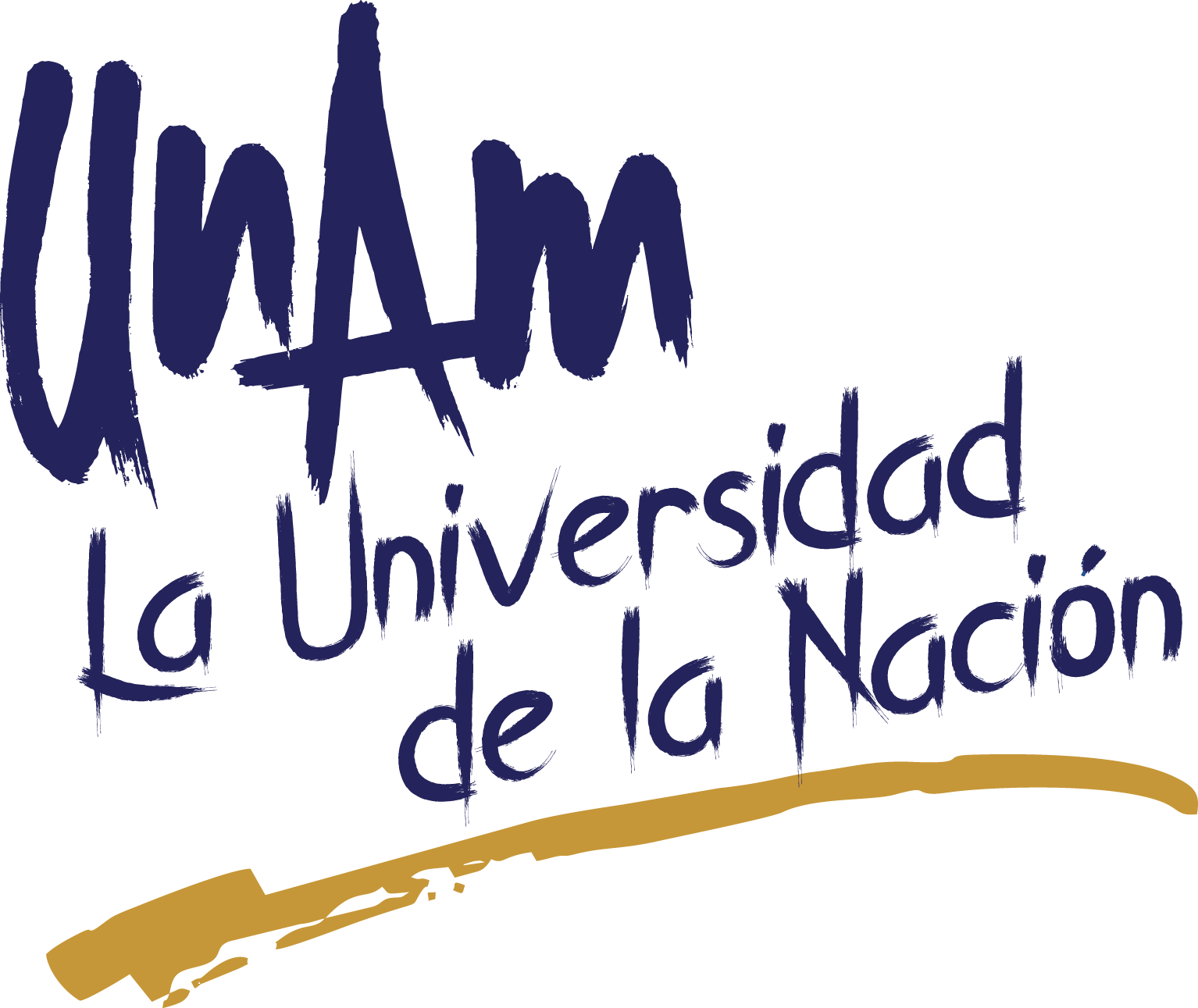The Lockman Hole is an optimal region in the sky with the lowest Galactic line-of-sight column density (N_H=5.7×10^19 cm^-2). The Lockman-SpReSO project is a OSIRIS/GTC spectroscopic observational campaign of 1,144 objects (956 have Herschel far-infrared emission) observed within the central 24 x 24 arcmin^2 of the LH field.
In this work, we present a detailed X-ray spectral analysis of the XMM-Newton counterparts from the Lockman-SpReSO project. We analyzed a total of 110 X-ray sources with a flux limit of 5 x 10^-16 erg s^-1 cm^-2 in the 0.3-10 keV band, selected through statistical cross-correlation (Likelihood ratio). 85% (93) of the sources were classified as AGNs based on their X-ray spectral properties, distributed over a large redshift range of z = 0.7-5. We used a set of absorbed power-law models to obtain absorbing column densities (N_H), rest-frame 2-10 keV luminosities (Lx), and iron line equivalent widths (EW_Fe). To account for upper-limits in our analysis, we employed a survival statistical method.
We found that the fraction of obscured AGNs (N_H > 10^22, cm^-2) increases at higher redshifts, and both, obscured and unobscured AGNs presented an anti-correlation between Lx and EW_Fe possibly associated with the decreasing of the torus covering factor as the AGN luminosity increases. We used the XCLUMPY model to characterize and confirm the detection of 2 Compton-thick AGNs, both with N_H > 5 x 10^24 cm^-2 and z > 1. We found 10 bright AGNs that shows X-ray soft emission with average blackbody temperature of 𝑘𝑡 = 0.12 ± 0.02 𝑘𝑒𝑉, and 6 super-Eddington sources (i.e. lambda_Edd > 1). The resulting catalog of X-ray spectral parameters serves as a basis for further investigations into the properties of the AGN population within the Lockman-SpReSO project.


